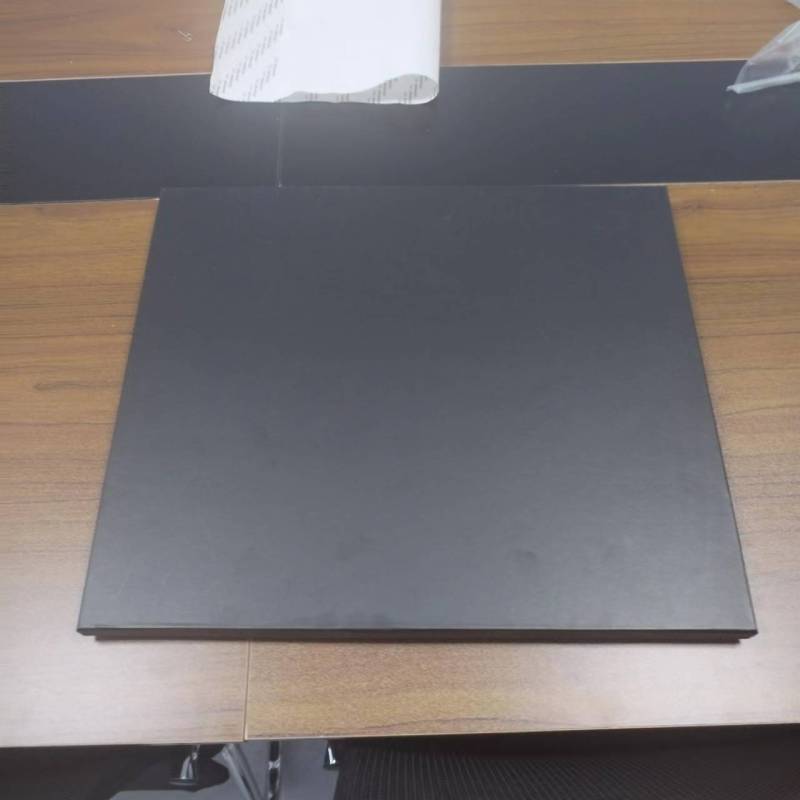Exploring Obscure Glazing Types and Their Applications
When discussing architectural design, one might typically think of glass as a transparent material that allows light to flood into a space. However, there exists a fascinating variety of obscure glazing types that serve both functional and aesthetic purposes. These specialized glazing options can transform an ordinary space into an extraordinary one, enhancing privacy, controlling light, and contributing to overall design aesthetics. Let’s delve into some unconventional glazing types and explore their unique characteristics and applications.
1. Acid-Etched Glass
Acid-etched glass is created by applying a chemical solution to the surface of a glass panel, resulting in a translucent finish. This type of glazing provides a degree of privacy while still allowing diffused light to pass through. It is popular in office environments, conference rooms, and bathroom installations, where maintaining light flow is essential, yet visibility must be restricted. The frosted appearance of acid-etched glass also adds a contemporary touch to any design.
2. Laminated Glass
While laminated glass is often used for its safety features, it can also be produced with decorative interlayers, patterns, or colors. This type of glazing consists of two or more glass layers bonded together with a plastic interlayer. It enhances security and reduces noise, making it ideal for urban environments where sound pollution is a concern. By using patterned or colored interlayers, architects can create stunning visual effects while ensuring the glass remains safe and functional.
3. Riveted Glass
Riveted glass is a lesser-known glazing type that features decorative studs or rivets embedded in the surface. Often used in commercial settings, riveted glass can add a touch of industrial chic to a building’s façade. Its textured surface refracts light in a unique manner, casting interesting shadows and patterns within the interior space. This type of glazing can be suitable for retail storefronts, restaurants, or architectural features that aim to make a bold statement.
obscure glazing types
4. Bubble Glass
Bubble glass, characterized by its distinctive “bubbled” appearance, is produced by trapping air bubbles during the glass-blowing process. This unique texture not only adds visual interest but also creates a distortion that softens views. Bubble glass is often used in residential applications, such as kitchen cabinet doors or interior dividers, where a playful yet functional aesthetic is desired. Its whimsical appearance can evoke nostalgia, reminiscent of vintage designs.
5. Smart Glass
Smart glass, or switchable glass, represents one of the most innovative developments in glazing technology. This type of glass can change its opacity or color in response to electrical charges or ambient light conditions. By adjusting the transparency, smart glass contributes to energy efficiency and enhances comfort within spaces. This technology is increasingly being employed in modern buildings and smart homes, allowing occupants to have greater control over privacy and lighting conditions.
6. Wooden Grain Glass
A more recent entry into the world of obscure glazing is wooden grain glass. This unique type mimics the appearance of wood while retaining the properties of glass. It is often used in architectural elements and furnishings, providing the warmth of wood with the durability and cleanliness of glass. Wooden grain glass is ideal for those seeking to incorporate natural elements into contemporary design without sacrificing the functional benefits of glazing.
Conclusion
Obscure glazing types may not be the first consideration when selecting materials for architectural projects, but their potential to improve aesthetics, privacy, and comfort is unrivaled. From acid-etched glass and laminated designs to innovative smart glass and wooden grain glass, these options expand the possibilities in modern architecture. As architects and designers continue to seek new ways to combine function and aesthetic appeal, obscure glazing will undoubtedly play a pivotal role in shaping the environments of the future. Whether for residential or commercial use, exploring these unconventional glazing types opens up a realm of creative possibilities.
 Afrikaans
Afrikaans  Albanian
Albanian  Amharic
Amharic  Arabic
Arabic  Armenian
Armenian  Azerbaijani
Azerbaijani  Basque
Basque  Belarusian
Belarusian  Bengali
Bengali  Bosnian
Bosnian  Bulgarian
Bulgarian  Catalan
Catalan  Cebuano
Cebuano  Corsican
Corsican  Croatian
Croatian  Czech
Czech  Danish
Danish  Dutch
Dutch  English
English  Esperanto
Esperanto  Estonian
Estonian  Finnish
Finnish  French
French  Frisian
Frisian  Galician
Galician  Georgian
Georgian  German
German  Greek
Greek  Gujarati
Gujarati  Haitian Creole
Haitian Creole  hausa
hausa  hawaiian
hawaiian  Hebrew
Hebrew  Hindi
Hindi  Miao
Miao  Hungarian
Hungarian  Icelandic
Icelandic  igbo
igbo  Indonesian
Indonesian  irish
irish  Italian
Italian  Japanese
Japanese  Javanese
Javanese  Kannada
Kannada  kazakh
kazakh  Khmer
Khmer  Rwandese
Rwandese  Korean
Korean  Kurdish
Kurdish  Kyrgyz
Kyrgyz  Lao
Lao  Latin
Latin  Latvian
Latvian  Lithuanian
Lithuanian  Luxembourgish
Luxembourgish  Macedonian
Macedonian  Malgashi
Malgashi  Malay
Malay  Malayalam
Malayalam  Maltese
Maltese  Maori
Maori  Marathi
Marathi  Mongolian
Mongolian  Myanmar
Myanmar  Nepali
Nepali  Norwegian
Norwegian  Norwegian
Norwegian  Occitan
Occitan  Pashto
Pashto  Persian
Persian  Polish
Polish  Portuguese
Portuguese  Punjabi
Punjabi  Romanian
Romanian  Russian
Russian  Samoan
Samoan  Scottish Gaelic
Scottish Gaelic  Serbian
Serbian  Sesotho
Sesotho  Shona
Shona  Sindhi
Sindhi  Sinhala
Sinhala  Slovak
Slovak  Slovenian
Slovenian  Somali
Somali  Spanish
Spanish  Sundanese
Sundanese  Swahili
Swahili  Swedish
Swedish  Tagalog
Tagalog  Tajik
Tajik  Tamil
Tamil  Tatar
Tatar  Telugu
Telugu  Thai
Thai  Turkish
Turkish  Turkmen
Turkmen  Ukrainian
Ukrainian  Urdu
Urdu  Uighur
Uighur  Uzbek
Uzbek  Vietnamese
Vietnamese  Welsh
Welsh  Bantu
Bantu  Yiddish
Yiddish  Yoruba
Yoruba  Zulu
Zulu 

